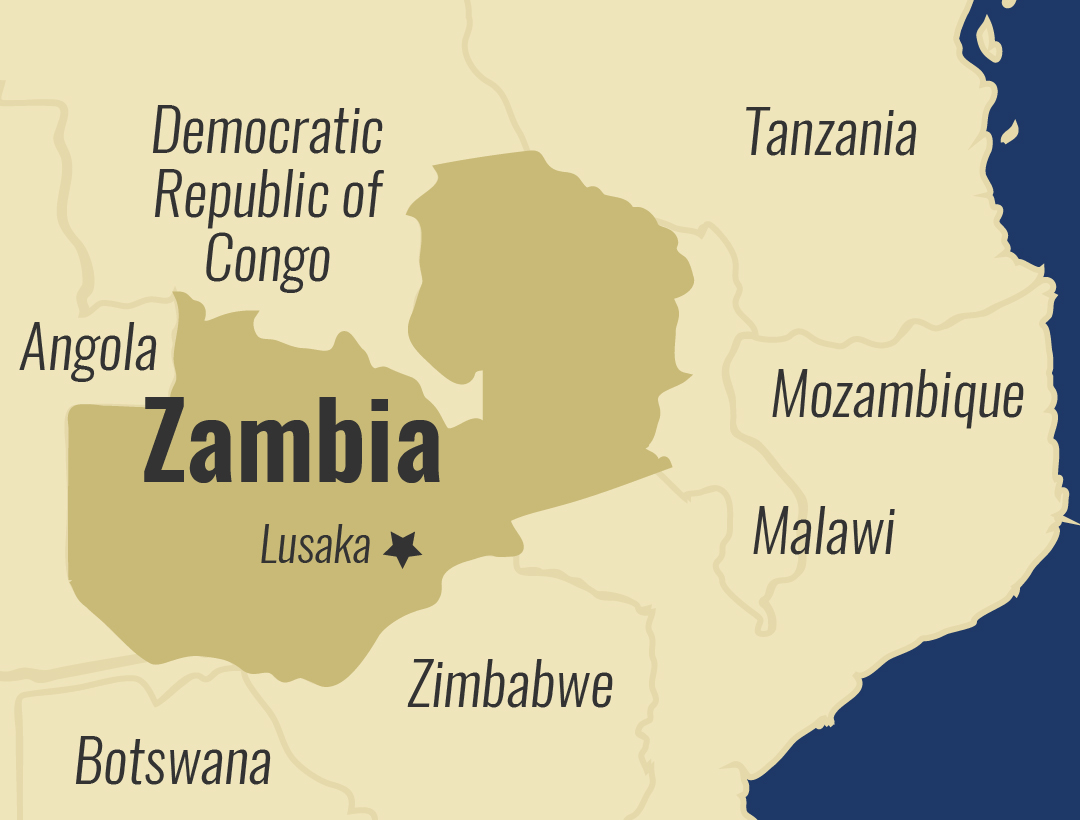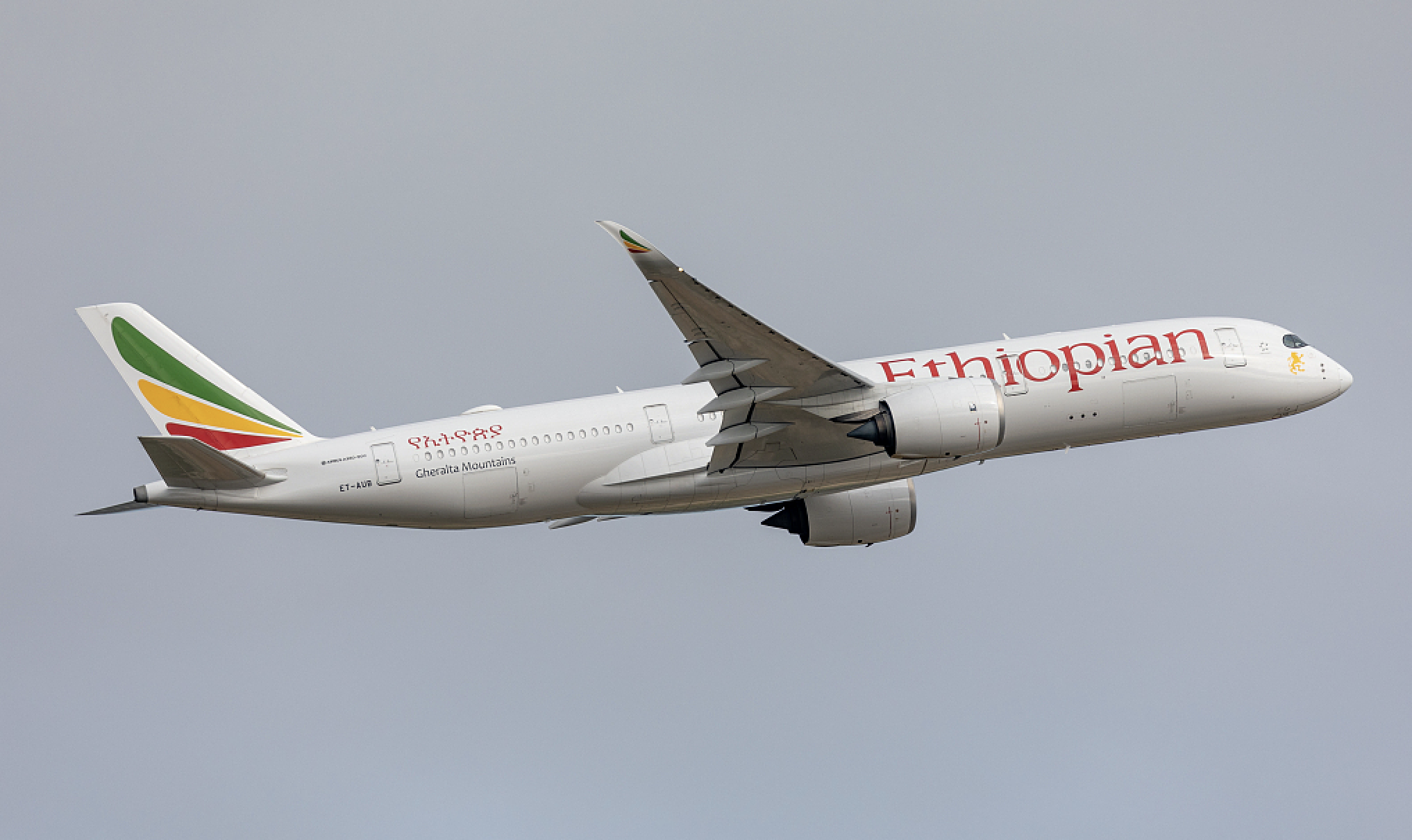
Kenya’s declining COVID-19 cases raise hopes of flattening the curve

The steady drop in the number of COVID-19 positive cases that have been witnessed in Kenya since the middle of August has raised hopes on the country’s ability to flatten the curve in the next couple of weeks as projected by local epidemiologists.
Officials at the ministry of health have acknowledged that the east African nation was on course to flattening the COVID-19 curve thanks to a slump in new infections and deaths linked to strict adherence to containment measures like hand washing, wearing of masks and social distancing.
Rashid Aman, chief administrative secretary in the Ministry of Health, said that Kenya’s ability to defeat the pandemic was no longer a mirage but warned against complacency that could trigger a second wave of infections.
“The country’s declining COVID-19 infections and fatalities is a reaffirmation that adherence to public health guidelines like proper hygiene, wearing of face masks and avoiding large gatherings have paid dividends,” Aman said at a briefing on Friday.
But we must not relax the containment measures since the virus was still spreading in the community,” he added.
Kenya’s COVID-19 caseload rose to 34,884 on Friday after 179 people tested positive to the disease while the number of fatalities rose to 589 after four patients succumbed to the virus.
Aman said that COVID-19 recoveries remained on an upward trajectory and had risen to 21,059, aided by the roll-out of a robust home-based care program combined with affordable treatment in healthcare facilities.
He said that strengthening the capacity of devolved units to combat the pandemic was paramount in order to avert flare-ups that might derail progress towards flattening the curve.
“The virus is spreading in all the 47 counties and local authorities should ramp up measures to halt further infections,” said Aman, adding that local transmissions accounted for 98 percent of all COVID-19 positive cases in the country.
President Uhuru Kenyatta said on Aug. 26 said that Kenya had managed to suppress COVID-19 transmissions thanks to a combination of progressive leadership and responsible behavior among citizens.
“Infections have gotten to a manageable level. We are reporting more recoveries in some instances than infections. Hotspots like Mombasa and Nairobi have begun to stabilize,” said Kenyatta.
He said that Kenya was in a vantage position to achieve a 5 percent positivity rate that is recommended by the World Health Organization (WHO) to inform the full reopening of the economy.
Kenya’s overall COVID-19 positivity rate fell from 13 percent in June to nearly 6 percent towards the end of August as health experts expressed confidence in the country’s ability to flatten the curve in the last quarter of this year.
Patrick Amoth, acting director-general for health, said that the country’s capacity to sustain a decline in COVID-19 cases in the next couple of weeks will determine whether the goal of flattening the curve will be realized.
“The next three to four weeks will be critical to determine whether we will flatten the curve,” Amoth said at a briefing in late August.
He said that ramped up testing combined with adherence to safety guidelines and protocols is key to hasten flattening of COVID-19 curve in the country.






